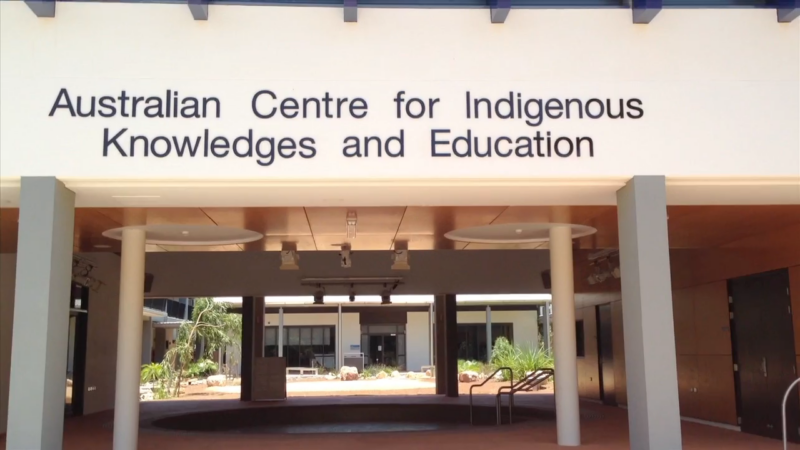What are the best educational equity initiatives globally?
Programs like New York City’s Campaign for Fiscal Equity (CFE), Finland’s education system, India’s Right to Education Act (RTE), Australia’s Higher Education Participation and Partnerships Program (HEPPP), and Canada’s provincial equity strategies stand out.
These initiatives have delivered concrete results: CFE secured $5.5 billion to level school funding, Finland achieved a 93% graduation rate with top PISA scores, RTE boosted enrollment to 97.2%, HEPPP increased low-SES university access by 50.2%, and Canada’s efforts raised graduation rates for diverse learners.
These success stories prove that targeted funding, systemic reform, and inclusive policies can bridge educational gaps—here’s how they do it.
Key Takeaways
New York City’s Campaign for Fiscal Equity (CFE) – United States
The Campaign for Fiscal Equity (CFE) was a landmark legal effort in New York City to address funding disparities in public schools.
Launched in 1993, a 2006 court ruling mandated increased state funding to provide a “sound basic education” for all students, especially in high-need districts.
Success Highlights
- Secured an additional $5.5 billion in operating aid from 2007 to 2011 according to Aqeny.
- Introduced the Foundation Aid Formula, prioritizing student needs and local tax capacity.
- In 2021, a $1.4 billion down payment began addressing long-standing funding gaps.
While funding has risen, linking it directly to improved test scores or graduation rates remains complex due to systemic factors. Still, CFE is a model for advocating equitable school financing.
Finland’s Education System – A Global Equity Leader
Finland’s education system is one of the best in the world 🇫🇮 https://t.co/2K2Ij6XQCJ https://t.co/x4W3NY1wCw
— Vala Afshar (@ValaAfshar) October 24, 2022
Finland’s education system is a beacon of equity, reformed since the 1970s to eliminate disparities.
With comprehensive schools, no standardized testing until later years, and top-tier teacher training, it ensures all students thrive.
Success Highlights
- 93% high school graduation rate—17.5 points above the U.S., according to Research Gate.
- 66% college attendance, the highest in the EU.
- Consistently tops PISA rankings with minimal outcome gaps across socioeconomic groups.
Why It Works
- Comprehensive schools for grades 1-9 avoid tracking or streaming.
- Teachers face a rigorous 7% acceptance rate for training (e.g., Helsinki) and receive ongoing development.
- Spending is 30% less per student than in the U.S., proving efficiency in equity.
India’s Right to Education Act (RTE) – Expanding Access
View this post on Instagram
Enacted in 2009, India’s Right to Education Act (RTE) guarantees free and compulsory education for children aged 6 to 14.
This transformative legislation targets social and gender gaps by mandating improvements in school infrastructure, enhancing teacher training, and enforcing a 25% quota for economically weaker students in private schools.
By 2018, enrollment soared to an impressive 97.2%, reflecting the act’s widespread reach.
Over 3.3 million students have been admitted under the quota system, opening doors for disadvantaged learners as noted by the Ministry of Education of India.
Access to usable girls’ toilets in schools doubled to 66.4% by 2018, significantly boosting female attendance and addressing a critical barrier to education.
Despite these gains, rural areas continue to struggle with quality education due to poor teacher-student ratios and reliance on traditional teaching methods.
Additionally, the exclusion of children under six limits early education opportunities, leaving a gap in the system that hinders long-term equity.
Australia’s Higher Education Participation and Partnerships Program (HEPPP)

Since its launch in 2010, Australia’s Higher Education Participation and Partnerships Program (HEPPP) has empowered universities to increase access for students from low-socioeconomic status (SES), regional, and Indigenous backgrounds.
Through funding for outreach, scholarships, and retention programs, it seeks to break down barriers to higher education.
From 2008 to 2015, low-SES undergraduate enrollment surged by 50.2%, far outpacing the 36.8% overall growth in domestic undergraduates.
Over 310,000 students have participated in HEPPP projects, benefiting from its wide-reaching efforts.
Partnerships with more than 2,913 organizations have strengthened outreach, connecting universities with communities to inspire and support aspiring students.
The program thrives by offering practical support, such as campus visits for secondary students and peer mentoring initiatives.
These efforts build aspiration among underrepresented groups and provide the tools needed to complete their degrees, ensuring access translates into success.
Comparative Snapshot
The table reveals a broad spectrum of approaches to educational equity, each targeting different stages and aspects of education. The CFE in the USA focuses on foundational funding, securing a massive $5.5 billion boost to level the playing field for public schools, with a notable $1.4 billion down-payment in 2021 signaling ongoing commitment. In contrast, Finland’s system emphasizes systemic equity, achieving a 93% high school graduation rate and 66% college attendance, underpinned by consistent PISA excellence. India’s RTE prioritizes access, driving enrollment to 97.2% by 2018 and integrating 3.3 million disadvantaged students via quotas. Australia’s HEPPP zeroes in on higher education, with a 50.2% surge in low-SES enrollment, impacting over 310,000 students. Canada’s Ontario strategy bridges K-12 gaps, improving graduation rates through innovative dual credit programs. This diversity highlights how equity can be tackled at various educational levels—funding, access, systemic design, and transitions. A key contrast emerges between initiatives with quantifiable metrics and those with less precise outcomes. India’s 97.2% enrollment and Australia’s 50.2% enrollment increase provide clear, numeric evidence of success. Finland’s 93% graduation rate and 66% college attendance similarly offer concrete benchmarks, bolstered by PISA rankings. However, the CFE’s $5.5 billion funding boost and Ontario’s “higher graduation rates” lack direct ties to student performance metrics in the table, hinting at challenges in measuring downstream effects. The $1.4 billion down payment and dual credit pilot successes are promising, but their long-term impact on equity remains less defined. This suggests that while access and funding are critical, translating them into consistent, measurable student outcomes is a complex next step. These initiatives showcase diverse paths to equity: While challenges like rural gaps and outcome measurement persist, these success stories offer inspiration and lessons for global education reform.
Initiative
Country
Key Achievement
Stat Spotlight
Campaign for Fiscal Equity
USA
$5.5 billion funding boost
$1.4 billion down-payment in 2021
Finland’s Education System
Finland
93% high school graduation
66% college attendance, top PISA scores
Right to Education Act
India
97.2% enrollment by 2018
3.3 million quota students enrolled
HEPPP
Australia
50.2% rise in low-SES enrollment (2008-2015)
310,000+ students impacted
Ontario’s Literacy Strategy
Canada
Higher graduation rates
Dual credit success in pilot projects
What We’ve Learned

